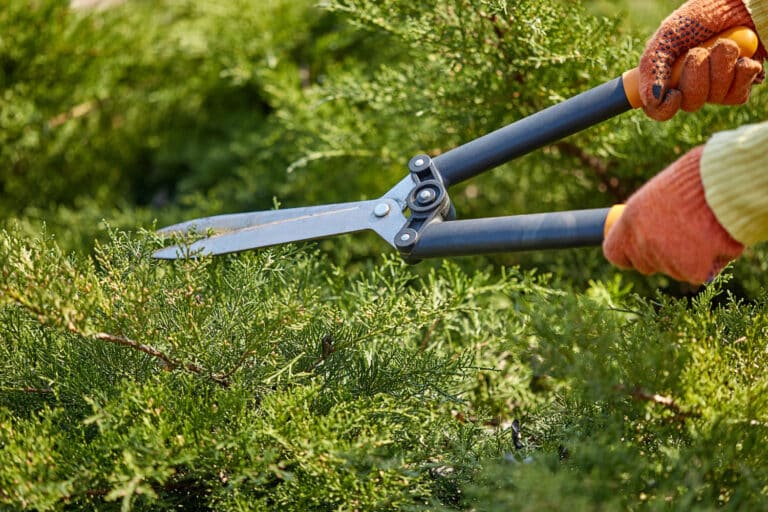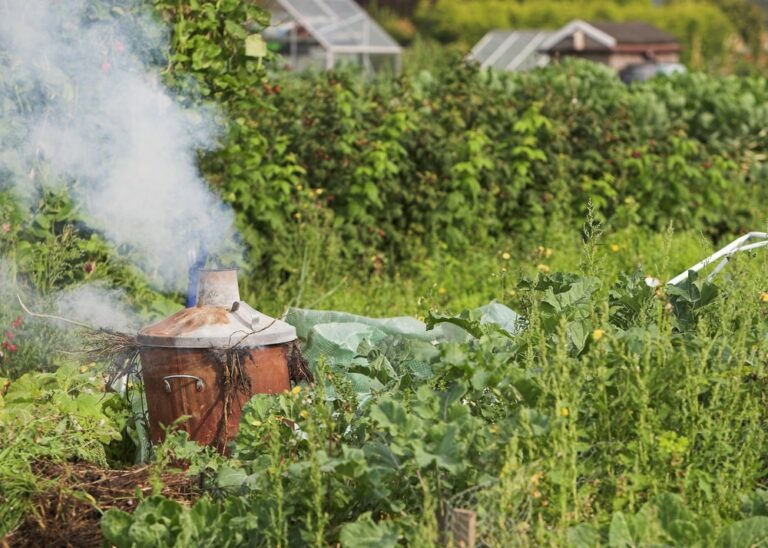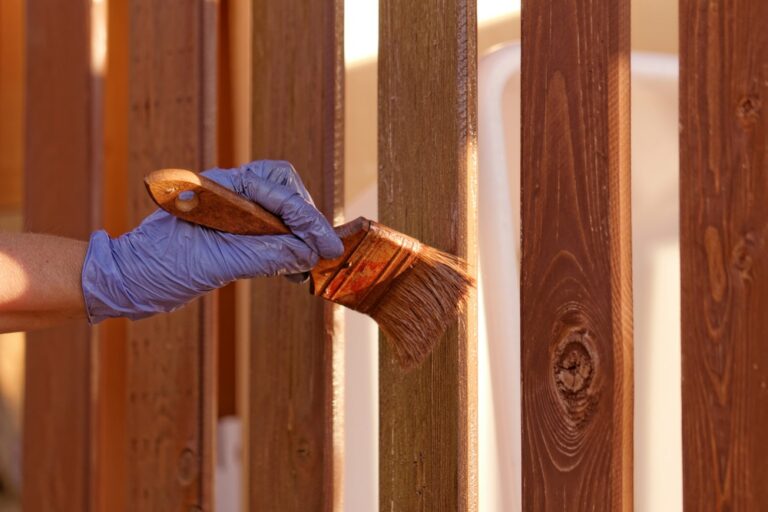Hebes are evergreen perennials that are prized for their attractive foliage. They are an excellent addition to any garden because they come in a wide range of sizes and shapes. Hebes can be used as hedges or borders, and they also make great groundcover plants. This blog post will discuss when to prune hebe plants for maximum effectiveness.
What Are Hebes?
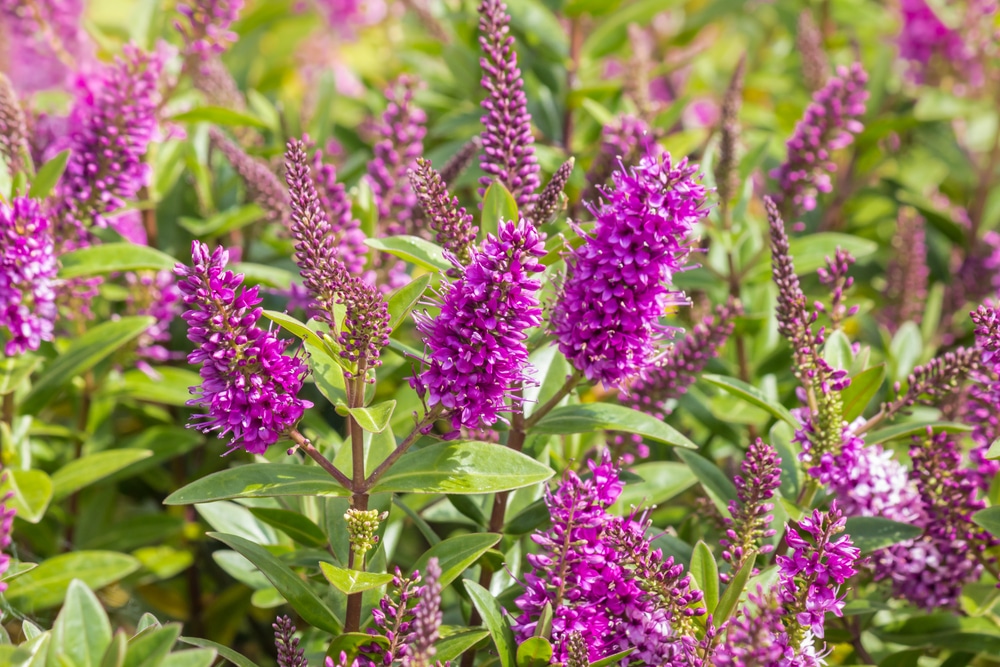
Hebes are evergreen shrubs that originate from New Zealand. Although they may grow in a variety of environments, these shrubs require full sun and well-drained soil.
Hebes can tolerate a variety of soil types and climates. They do best when grown in full sun to partial shade, but these hardy hebes will grow well even under shady conditions or cold winters.
Hebe species vary from short ground covers to tall shrubs with up to five feet of branch lengths! The leaves on these shrubs tend to be green or dark purple, depending on the variety. Green leaves are oval and smooth-edged, while purple varieties have finely toothed margins.
Some hebes produce tiny white to violet flowers in springtime that attract bees and butterflies into your garden!
Why You Should Plant Hebes
Hebes are an excellent choice for any landscape because they offer so much variety. The compact shrub can be used as hedges or borders, and they also make great groundcover plants.
Aside from being versatile, hebes are also beautiful plants that offer year-round interest! They produce beautiful white, violet, or purple flowers in springtime that attract bees and butterflies into your garden.
Hebes are an excellent choice for anyone looking to add some colour and texture to their landscape without a lot of maintenance work required on the gardener. Hebes require little more than sunshine, water, organic compost, and minimal pruning to maintain their shape or growth rate.
However, remember that hebes should not be grown near other tall shrubs or trees that block out sunlight.
The Benefits of Pruning Hebes
There are many benefits to hebe pruning, including:
It Keeps Hebes Looking Neat
If left unpruned, most hebes can do with little or no pruning. However, pruning also helps maintain their shape and size.
It Encourages New Growth
Hebes respond well to light pruning by producing lots of new growth. It will help keep them looking healthy and vigorous.
It Increases Flower Production
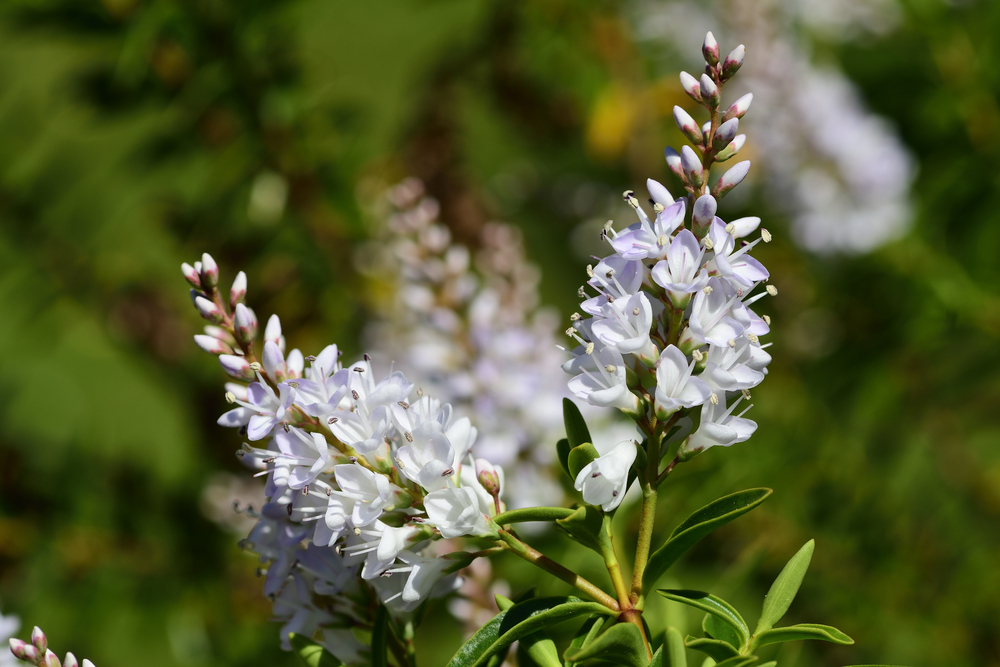
Pruning can help increase the number of flowers a hebe produces. It is best to do this soon after they finish blooming, typically in late spring or early summer.
It is Great for Your Plants’ Overall Health
Pruning can help improve the overall health of your plants. It helps keep plants healthy by removing old or dead flowers and damaged stems. Removing branches that are too close together also ensures your hebes get enough sunlight and air circulation.
When to Prune Hebes
Hebes are generally low-maintenance plants that can be left alone for the most part without any problems.
While they can be pruned at any time of year, they are best pruned in spring or summer before winter sets in. You can remove any branches which grow too close together by cutting them off at the base with sharp scissors.
However, if you want to prune your hebe plant for a specific reason (such as shaping it into a hedge), you should do so in late winter or early spring. Hebes can also be pruned after the flowering period to encourage new growth and more blooms.
Also, be sure not to prune your hebes too severely, as this can damage the plant and reduce its overall health. A light trimming every few years is all that is needed to keep hebes looking their best.
By following these tips, you can help keep your plants looking their best!
How to Prune Hebes
Hebes can be pruned using secateurs. Follow the instructions below:
- Using a sharp pair of hand shears, take hold of the stem and cut at an angle of about 45 degrees, just above a bud facing outwards away from the plant. Aim to make the cut as smooth as possible in one go. Making two cuts will leave a ragged edge.
- Remove any side shoots that are growing inwards towards the centre of the plant or which could cause overcrowding. Use your tools to cut these shoots close to the main stem.
- Make sure to cut back any dead or damaged branches beyond repair before proceeding with your trimming.
Pruning is a simple task that can significantly impact the growth and appearance of your hebes. Follow the steps above to ensure that your hebes look their best while they last!
How to Care for Hebes

Hebes are a type of shrub that is native to the British Isles. There are wide different varieties of hebe, and they can be used for both ornamental and functional purposes in the garden.
They are useful as ground cover or as hedges along a walkway or driveway. In addition, they are a great plant to have around if you have children or pets, as they are non-toxic.
Here are a few essential things you should know about hebe care to get the most out of your plants.
Fertilising and Soil pH
Hebes are not fussy about their soil; however, it is crucial that you fertilise them every spring with organic compost.
You can add the compost around the base of your hebes once a year in the spring. This will help them to grow stronger and healthier!
The soil’s pH level is not essential if it stays between six and seven (neutral). If you notice that your hebe plants are starting to turn yellow or get sickly looking, this could indicate that the pH level of your soil is too high or low.
Regular Watering
Hebes also need regular watering. You will need to water the shrubs every day during the hot summer months. In the winter, you can reduce watering to once a week. Be sure to check the soil around your hebes every few days, and if it feels dry, then water them immediately.
Plenty of Sunlight
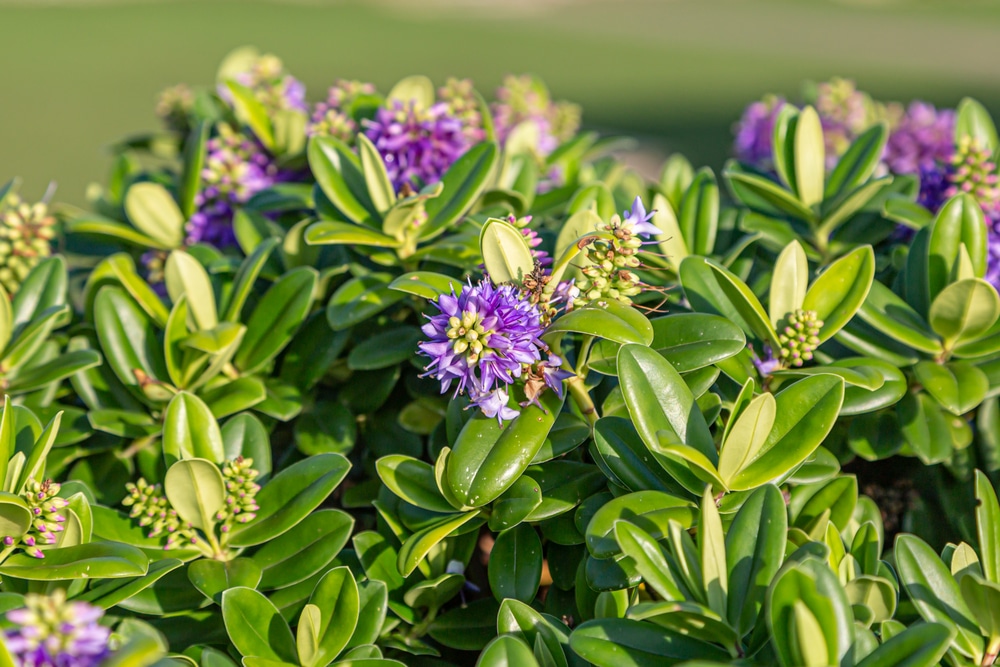
For your hebes to grow well, it is vital that you give them plenty of sunlight. It is best to be planted in an area where they will receive at least six hours of direct sun each day.
If you have a spot with less than this amount of light, don’t worry! You can supplement natural light with artificial light. Just be sure to place your hebes near a window where they will receive plenty of direct sunlight.
Regular Trimming
Pruning or trimming hebes is necessary from time to time for your hebes to look their best. This is easy with a pair of garden shears.
Annual pruning is also recommended, preferably in the spring or summer, after they have finished blooming. Be sure to remove any faded flowers ad dead or damaged stems. This will help your hebes to flourish!
During the winter, inspect your plants for severe frost damage and immediately remove the damaged stems and other sections.
Overall, hebes do not need much in the way of care and maintenance. They will thrive with only minimal attention from you. So, if you’re looking for a low-maintenance plant that will add beauty to your garden, then hebes are a perfect choice!
How to Take Hebe Cuttings
If you want to propagate hebes, you can take cuttings from a healthy plant. Hebe cuttings are easy to do, and the process is similar to rooting other woody perennials like roses or lavender.
You’ll need a sharp knife, some rooting hormone just like what is used for rose cuttings, peat moss or sand as a medium, and a container with drainage holes.
Step 1: Pick a Healthy Stem
You want to choose a non-flowering stem that is at least four inches long. Make sure it has two or three sets of leaves on it, and cut it at an angle just below a set of leaves.
Step 2: Prepare Your Cutting for Rooting
Remove the lower leaves from your cutting, then dip the cut end in hormone-rooting powder.
Step 3: Plant your cutting
Fill a container with peat moss or sand and ensure good drainage. Stick your cuttings into this medium so that about one inch of their stems are buried in it, then water well using lukewarm water (not too hot).
Step 4: Transplant It
After three weeks, you should see some roots forming on the bottom part of your cutting where it was buried in the medium.
You can then transplant these into regular potting soil or put them directly outside if you like! Give them regular watering until they are established and growing well!
Frequently Asked Questions About Hebes
How Often Should I Prune My Hebes?
In general, you should only need to prune them once a year or when they get unruly. However, if the plant gets too big, it may require more frequent trimming.
Note: Hebes can also be propagated by division. When the plant gets too big, you can divide it into several smaller plants and replant them.
Do Hebes Need Hard Pruning?
Hebes usually need a light prune once a year in the springtime. However, hard pruning damaged or “leggy” hebes is necessary.
How Do You Prune Leggy Hebes?
Prune hebes for maximum effectiveness by cutting back to a healthy bud or branch. Hard pruning is a great way to revive plants.
Do Hebes Need Fertilizer?
They don’t need fertiliser. You can apply some compost in the springtime if you want to give them a boost.
What Type of Soil Should I Use for Hebe Shrubs?
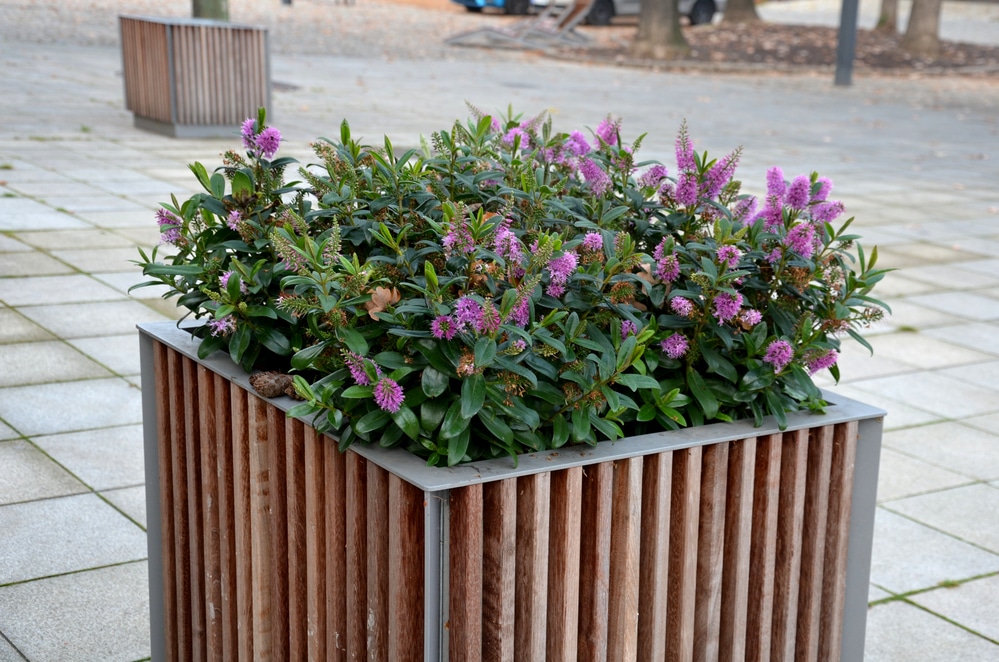
Hebes like well-drained soil with a pH level between acidic and alkaline. If your plants start to look looser in their leaves, they might be getting too much water.
How Do You Root Hebe Cuttings?
Hebe cuttings are easy to root. Use a sharp knife and cut off an inch of the stem with at least two sets of leaves on it (preferably three). Dip the end into some rooting hormone, then place them in moist potting soil or sand until they start producing roots!
How Long Do Hebes Last?
Hebes usually have a lifespan of about five to eight years. However, if you take care of them and prune them correctly, they can last much longer!
Pruning Hebes the Right Way
Growing hebes is a great way to add colour and variety to your garden. However, you must know how to care for them properly.
Luckily, we have provided you with all the information you need about how and when to prune hebe plants for the best results. By following these tips, you’ll be able to grow these beautiful and vibrant plants without any problems!


